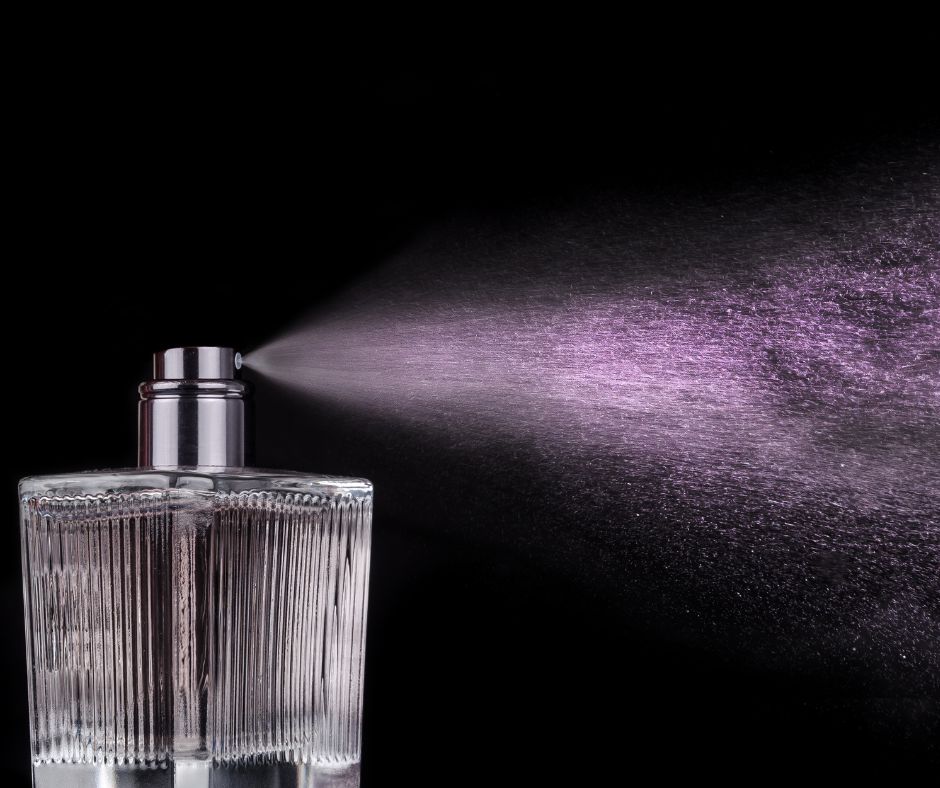Guarding Against VOC-Induced Allergic Rhinitis: Tips & Remedies

Modified on Mar 01, 2024 |
Written by Deirdre Layne
Allergic rhinitis, commonly called hay fever, can significantly disrupt one's quality of life, leading to symptoms such as sneezing, nasal congestion, and itchy eyes. While often associated with outdoor pollutants like pollen, allergic rhinitis can also be triggered by indoor pollutants, notably Volatile Organic Compounds (VOCs). VOCs are a group of chemicals that evaporate at room temperature and are found in many household products, including perfumes, cleaning agents, and paints. Understanding the science behind allergic reactions to VOCs and implementing both preventative measures and effective remedies is crucial for those affected.
Understanding Allergic Reactions to VOCs
When VOCs, such as those emanating from perfumes, enter the body, they can trigger an immune response. This response is the body's way of defending itself against what it perceives as harmful substances. The immune system mistakenly identifies VOCs as invaders in individuals with sensitivities, releasing antibodies and histamines. These histamines lead to inflammation and the familiar symptoms of allergic rhinitis. Interestingly, VOCs can trigger reactions not only through inhalation but also when they come into contact with the eyes. The eyes, acting as a conduit, can transmit irritants to the nasal cavity via the nasolacrimal duct, leading to sinus reactions.
Understanding Perfume-Induced VOC Rhinitis: The Science Explained
Perfumes, despite seeming "dry" once applied, can cause VOC-induced rhinitis due to the nature of the Volatile Organic Compounds (VOCs) they contain. VOCs are organic chemicals that have a high vapor pressure at room temperature. This high vapor pressure results from a low boiling point, which means that these compounds can quickly evaporate into the air at room temperature or, in the case of perfumes, body temperature.
Read More